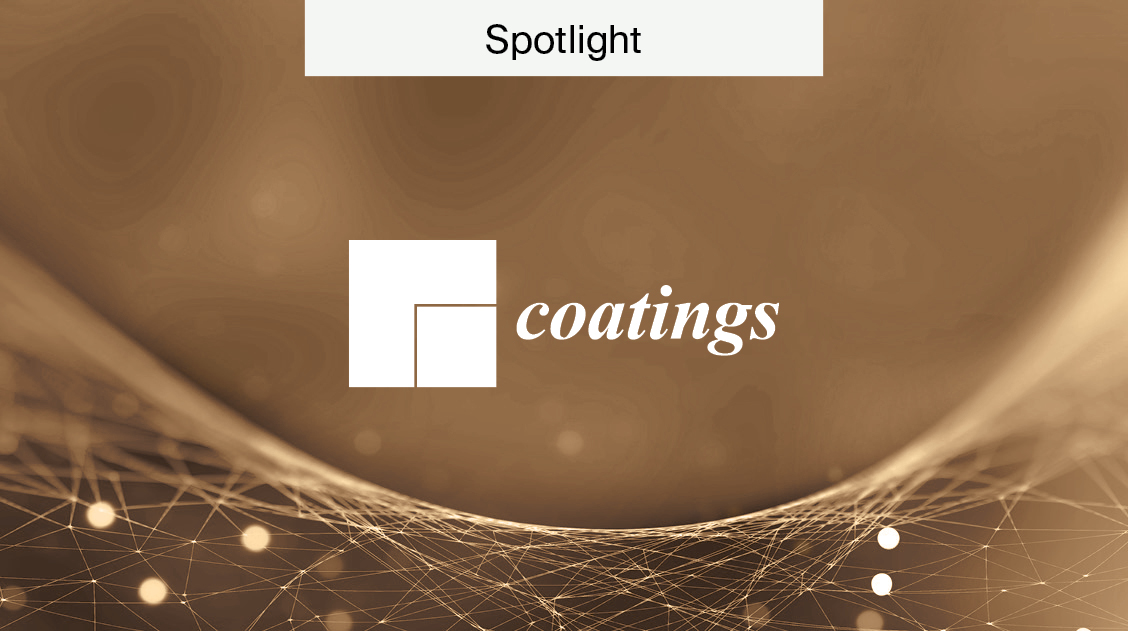
Spotlight on Coatings
We’re shining the spotlight on Coatings this week to celebrate its growth over the years. Let’s take a look at how this journal has developed since the publication of its first issue in 2011 and how to submit manuscripts to the journal.
A history of Coatings
The inaugural issue of the journal was published in 2011, with Dr. Ugo Bardi as Editor-in-Chief. Dr. Alessandro Lavacchi became Editor-in-Chief in 2013, and was joined by Prof. Dr. Wei Pan in 2020.
Over the years, its impact factor has grown. It was first indexed by Science Citation Index Expanded-Web in 2016 and received its first impact factor of 2.175 in 2017. In 2018, Coatings was added to SCOPUS with a CiteScore of 2.420. Thanks to the continued work of the Coatings team, guest reviewers, and contributing authors, the journal’s impact factor reached 2.881 in 2021, with a 5-year impact factor of 3.038.
In 2020, the journal was divided into thirteen topical sections, including Bioactive Coatings and Bioactive Interfaces. The webpage for each of these sections lists Special Issues and Topical Collections that are open for submissions.
Coatings has also hosted and participated in a number of conferences over the years, building partnerships with various organizations. The First Coatings and Interfaces Web Conference was held in 2019, the same year that Coatings became affiliated with the Korean Tribology society, with which it is still affiliated today. For the 2023 38th International Conference, Coatings is the exclusive Poster Award Sponsor, marking an exciting time for the journal. To keep up-to-date with Coatings and partner conferences, you can have a look at the list of upcoming events.
Want to learn more about Coatings?
Coatings is an international, peer-reviewed and open access journal publishing research on the science and engineering of coatings, thin and thick films, and surfaces and interfaces. The journal publishes original research papers and brief communications on the latest research findings as well as review papers. For further details, see the journal’s easy-to-navigate webpage.
The journal also hosts several awards, including the Best Paper Award, Outstanding Reviewer Award, and Young Investigator Award. These awards recognize and celebrate breakthroughs made by researchers and the time and energy dedicated by reviewers, both of which are vital to the continued success and growth of the journal. You can monitor upcoming open awards on the Coatings awards page.
Thinking of submitting your manuscript to Coatings?
The journal is committed to publishing innovative and quality research. Authors thinking of submitting manuscripts to the journal can access the list of requirements for submission on the webpage. For example, full experimental and/or methodical details should be included in papers published in the journal, as Coatings is dedicated to ensuring research integrity and the reproducibility of results.
Authors are encouraged to read the submission instructions specific to each journal prior to submission. Authors looking to publish their work in Coatings can submit manuscripts online at susy.mdpi.com. Templates for articles are provided here in both LaTex and Microsoft Word formats. In case you are unsure, the submitting author is generally the corresponding author and is responsible for the manuscript during the submission and peer-review process. To submit your manuscript, register and login to the submission website.
Once you have registered, click here to go to the submission form. All co-authors can see the manuscript details here. To do so, they must register and log in using the same e-mail address used for manuscript submission.
Future research
Coatings is always looking to publish new and innovative research. In addition to the topics that have already been mentioned, areas of interest include applied surface science, characterization techniques, film materials for packaging and the theoretical and computational modeling of surfaces and interfaces. For a more extensive list of research topics, have a look through the journal’s About section.

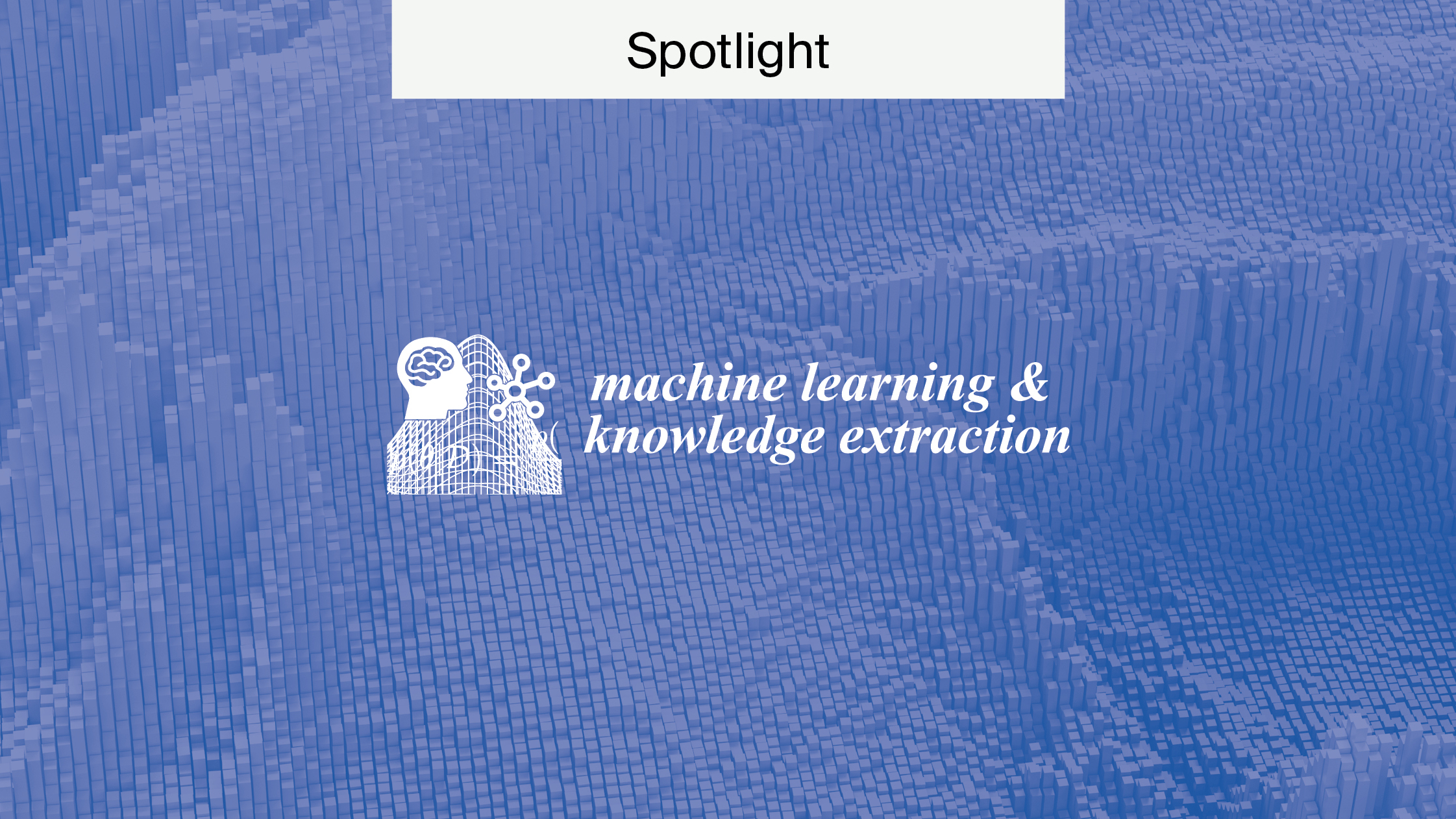


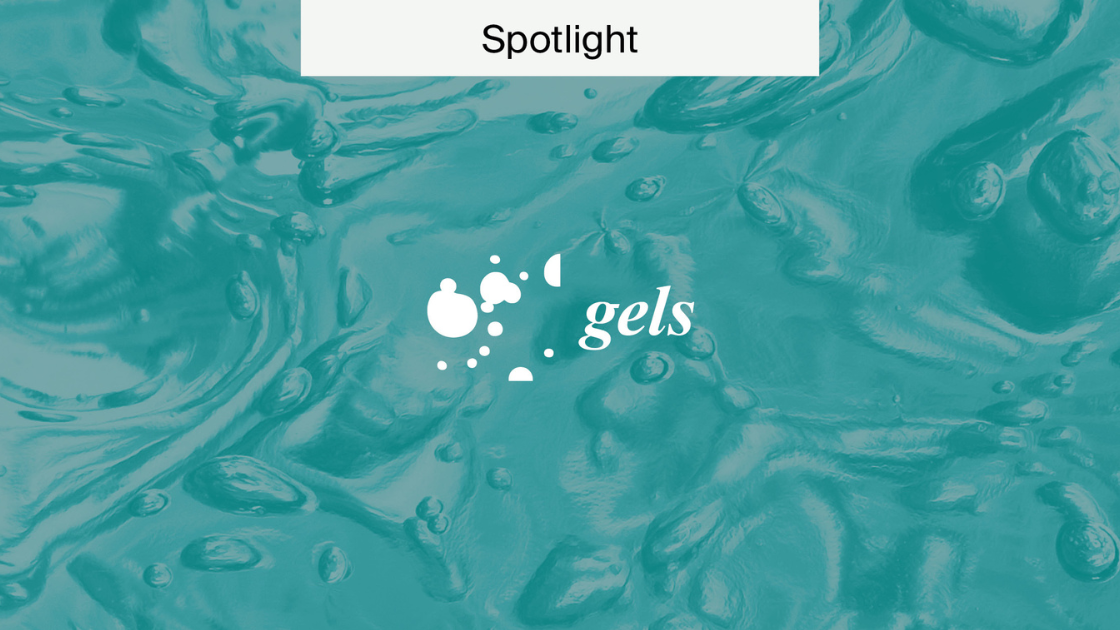

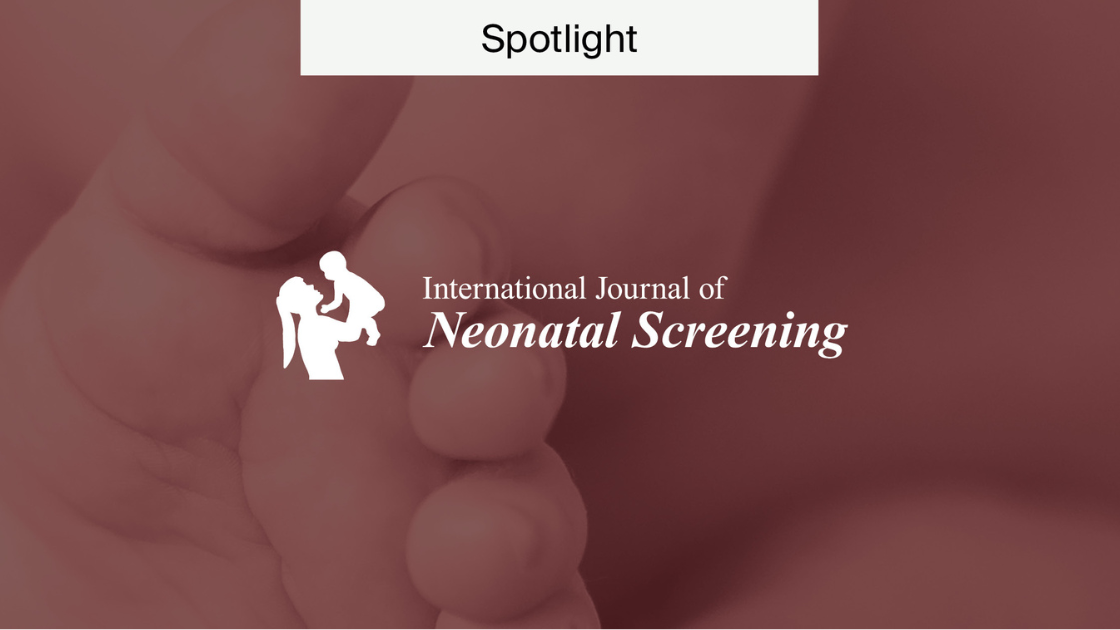

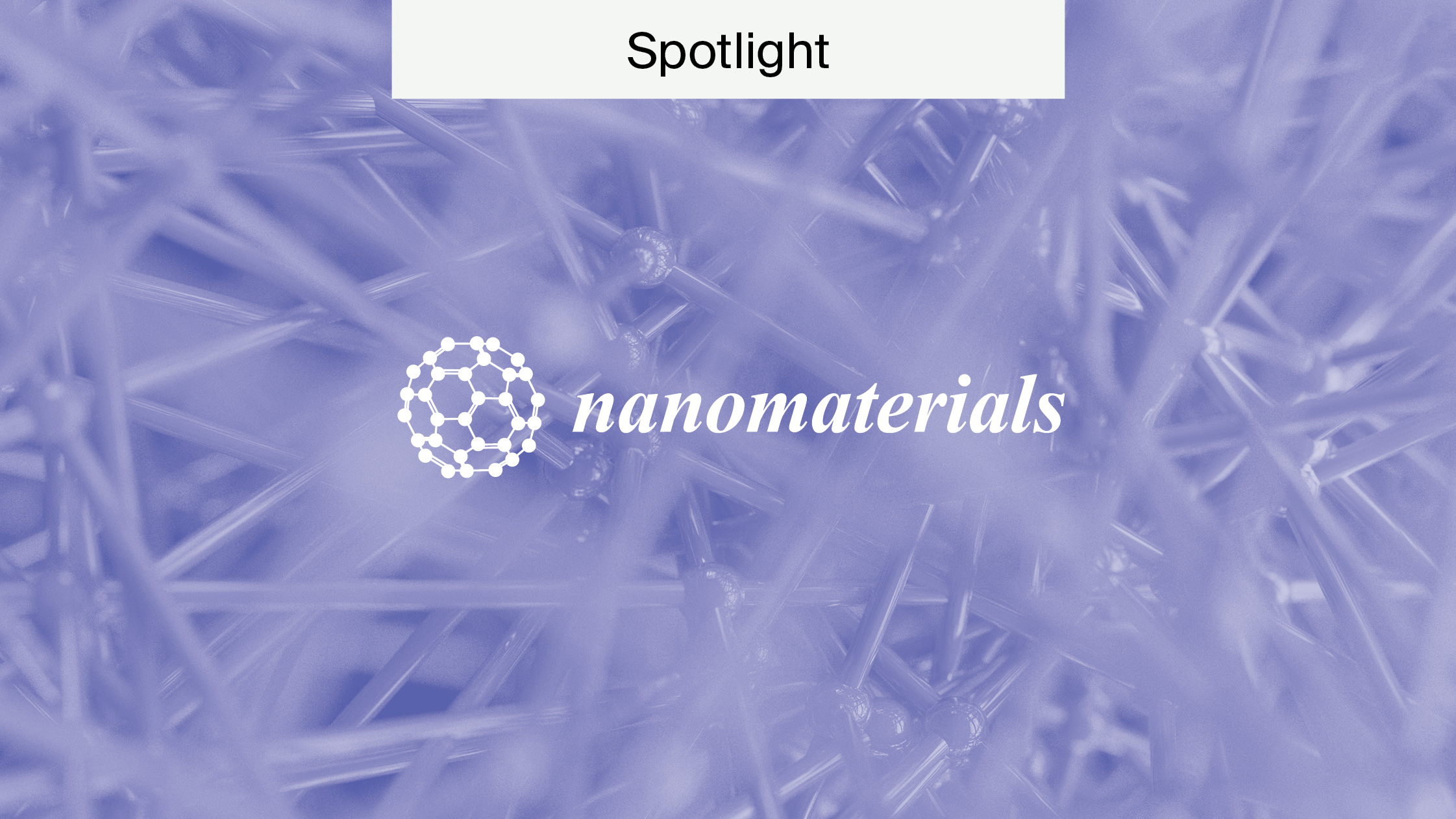

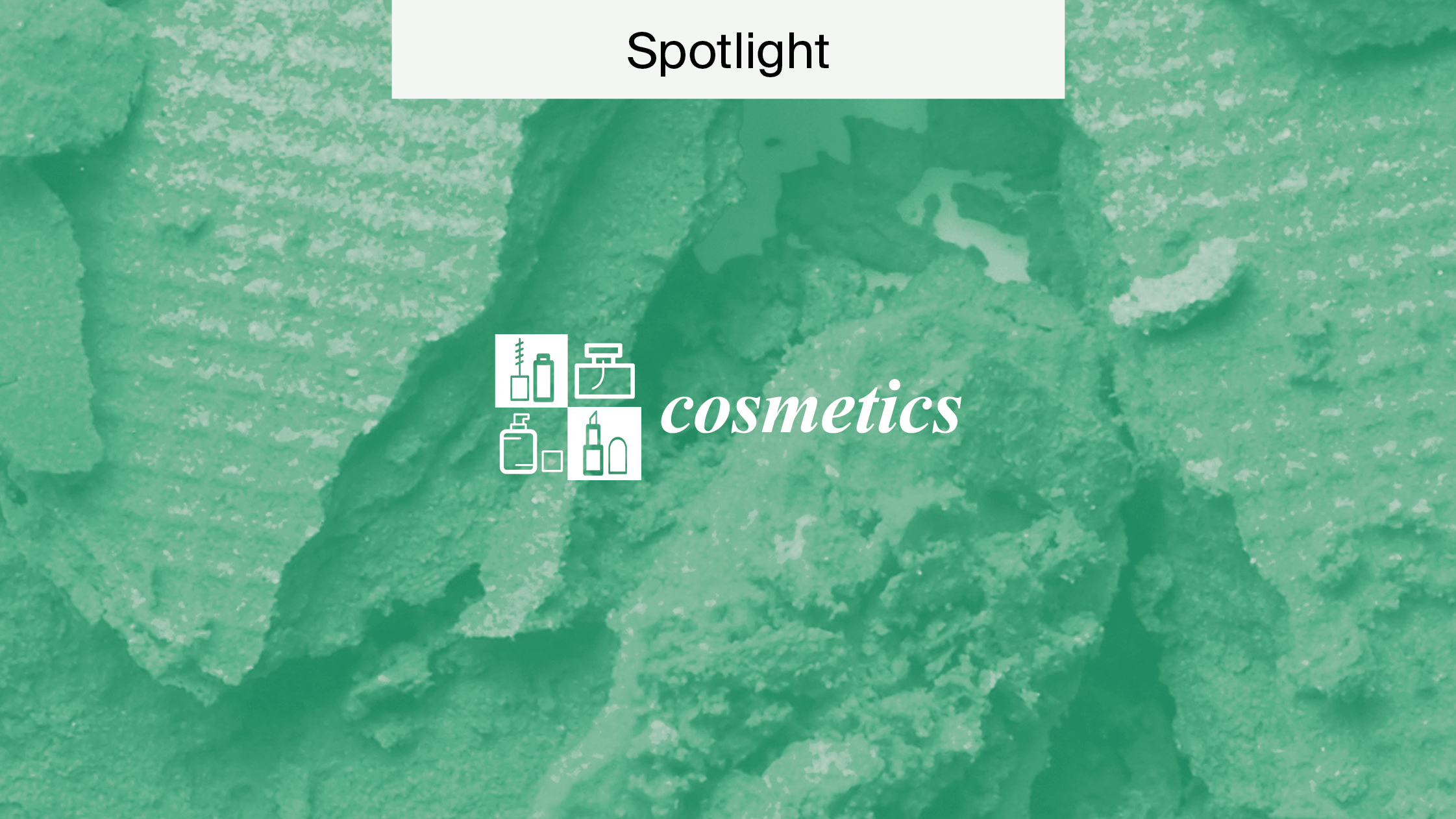
Congratulations on the results obtained.I think the sections are well chosen and useful to the field of coatings.